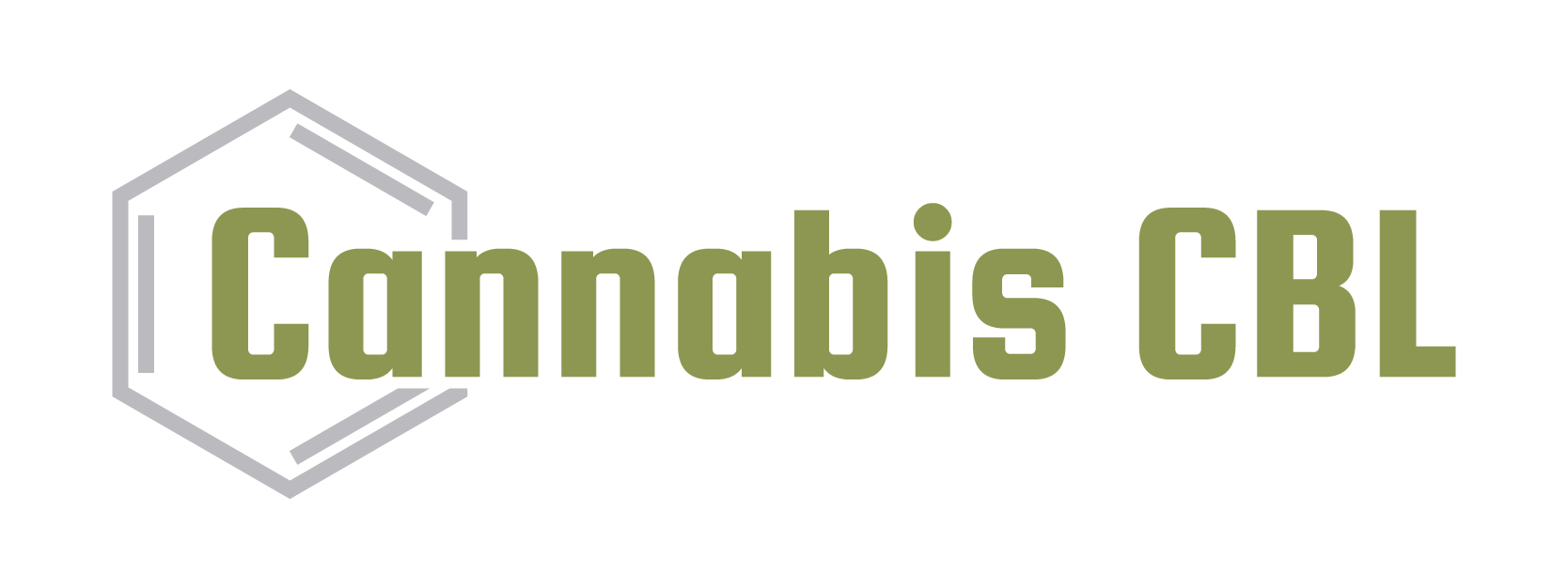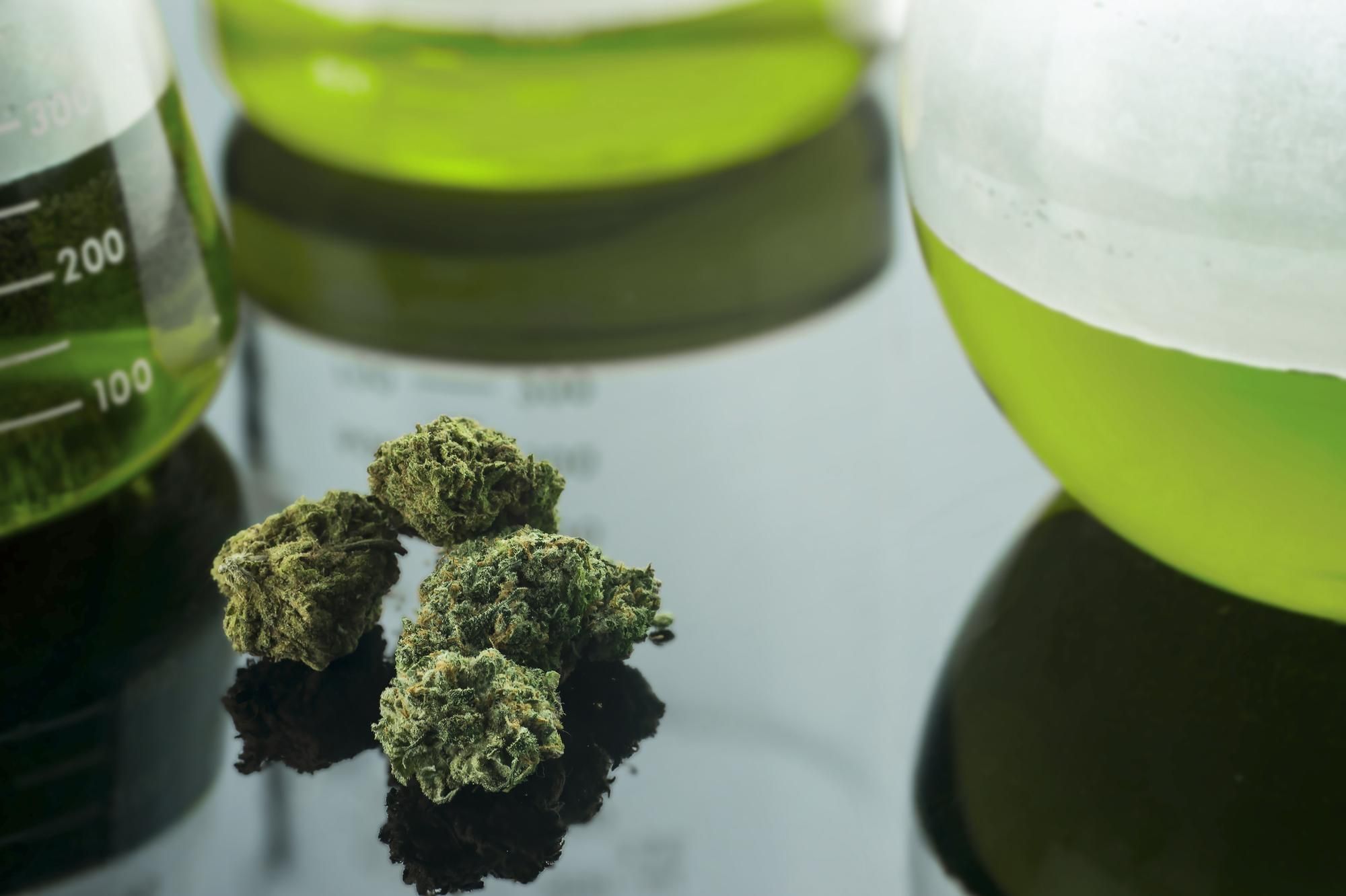In the ever-evolving world of cannabis science, cannabinoids continue to be the center of research and consumer interest. Among the most discussed compounds is cannabidiol (CBD), a widely studied cannabinoid with well-documented therapeutic properties. In contrast, cannabicyclol (CBL) remains one of the lesser-known “minor cannabinoids.” Understanding the differences between CBD and CBL is essential for consumers, researchers, and industry professionals who want to grasp the potential of these compounds in medicine and wellness.
What is CBD?
Cannabidiol (CBD) is one of the most abundant cannabinoids in the cannabis plant, accounting for up to 40% of the plant’s extract in some strains. Unlike tetrahydrocannabinol (THC), CBD is non-intoxicating, meaning it does not cause a “high.” Its popularity surged after research demonstrated potential therapeutic effects on conditions such as epilepsy, chronic pain, inflammation, and anxiety.
The U.S. Food and Drug Administration (FDA) approved Epidiolex, a CBD-based medication, for rare forms of epilepsy, further legitimizing CBD’s medical use. Research has also highlighted CBD’s ability to interact with the endocannabinoid system (ECS) indirectly by influencing receptors such as CB1 and CB2, as well as serotonin and TRPV1 receptors, which may explain its diverse health applications.
What is CBL?
Cannabicyclol (CBL) is a far less studied cannabinoid, often classified as a degradation product of cannabichromene (CBC). When CBC is exposed to light or heat, it can convert into CBL. Unlike CBD, which is produced naturally in large quantities by the plant, CBL appears only in trace amounts.
CBL is non-psychoactive and, at present, has no well-documented therapeutic applications. However, preliminary studies suggest it could play a role in the broader “entourage effect,” the theory that cannabinoids and terpenes work synergistically to enhance overall therapeutic benefits. Because of its rarity and the limited research available, CBL has not yet been integrated into consumer products at any scale.
Comparing CBD and CBL
The most striking difference between CBD and CBL lies in research and availability. CBD is extensively studied, widely available, and already integrated into pharmaceutical and consumer wellness products. On the other hand, CBL is still in the early stages of scientific exploration and remains absent from mainstream products.
CBD’s chemical structure allows it to bind and influence multiple receptors in the body, which has led to its reputation as a versatile therapeutic agent. CBL, however, has not shown the same receptor activity or health benefits in current research. Its significance may ultimately lie in its potential to contribute to the synergistic effects of the cannabis plant rather than acting as a primary therapeutic compound.
Why These Differences Matter
For patients and consumers, the contrast between CBD and CBL underscores the varying levels of maturity in cannabinoid research. CBD’s therapeutic effects are relatively well-established and continue to be refined through ongoing studies. In contrast, CBL represents the frontier of discovery—its potential benefits may emerge as science advances, but for now, it remains a cannabinoid of curiosity rather than proven application.

